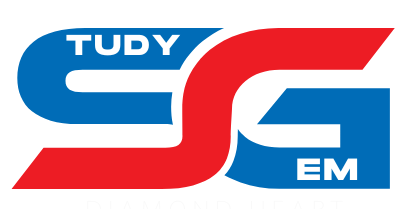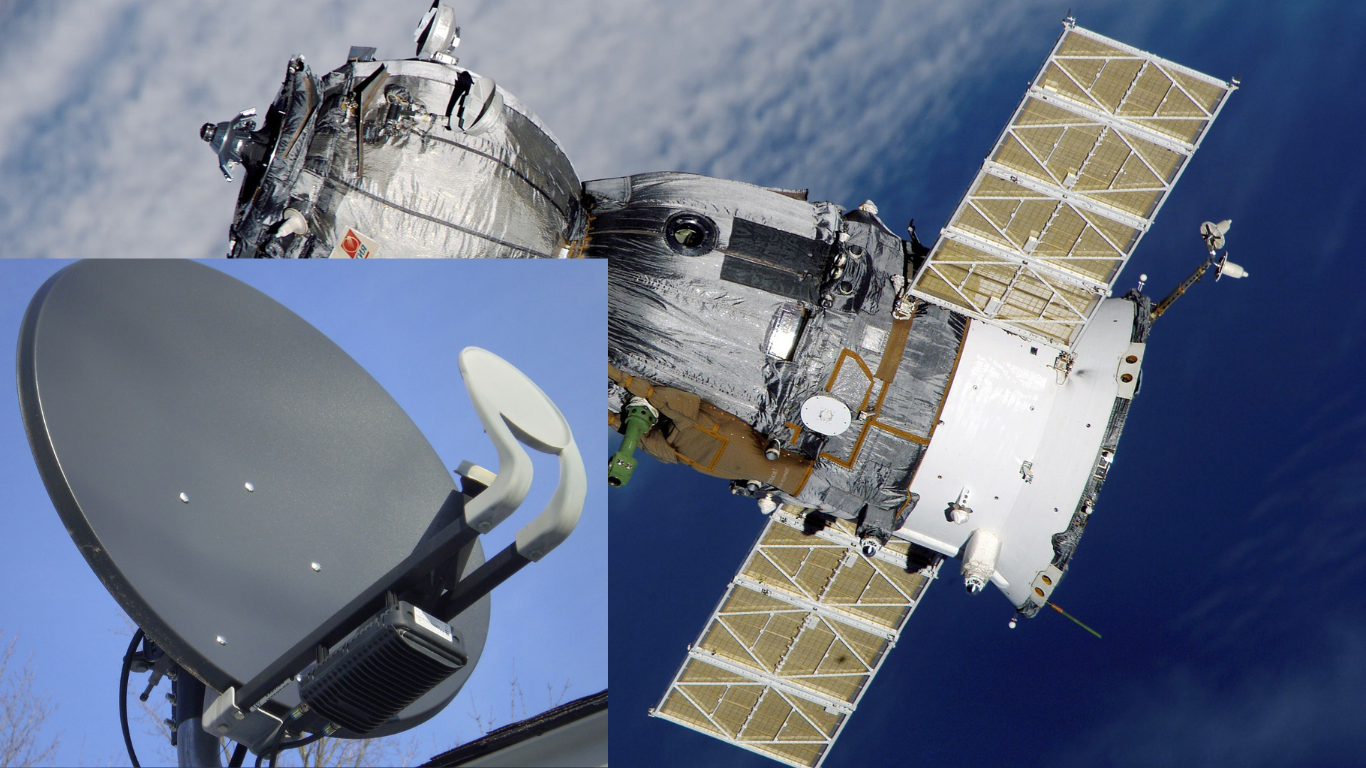Dish TV, India’s first direct-to-home (DTH) service, brings entertainment to millions of homes. But how does it work? The magic lies in the satellites it uses to beam signals to your TV. The Dish TV satellite names—SES 8 and GSAT-15—are key to delivering your favorite channels. These satellites orbit Earth, catching and sending signals to your dish antenna. Knowing about them helps us appreciate the tech behind our daily dose of TV. This article explores these satellites, why they matter, and what challenges and future plans Dish TV faces.
What Are Dish TV’s Satellites?
Dish TV India relies on two satellites: SES 8 and GSAT-15. These are parked in geostationary orbits at 95.0° East and 93.5° East, respectively. SES 8, owned by SES World Skies, handles most HD channels, while GSAT-15, an ISRO satellite, supports SD channels. Together, they use Ku-band frequencies to send signals to your dish. With universal LNB settings (9750-10600 MHz), they ensure clear reception. Launched in 2002 and 2015, these satellites are the backbone of Dish TV’s service, reaching millions across India.
SES 8: The HD Powerhouse
SES 8, launched in 2002, sits at 95.0° East. It has 50 Ku-band transponders, with 12 leased by ISRO for Dish TV. These transponders carry HD channels using MPEG-4 compression, delivering crisp pictures. Its position allows Dish TV to serve urban and rural areas alike. In 2025, SES 8 remains vital for high-quality broadcasts, supporting Dish TV’s push for better visuals.
GSAT-15: Supporting SD Channels
GSAT-15, launched by ISRO in 2015, is at 93.5° East. It has 24 Ku-band transponders, with Dish TV using several for SD channels in MPEG-2 and MPEG-4 formats. This satellite helps reach cost-conscious viewers in rural areas. Its reliable signal makes it perfect for Dish TV’s diverse audience, ensuring everyone gets entertainment.
Why Satellite Names Matter
Knowing Dish TV’s satellite names—SES 8 and GSAT-15—helps users set up their dishes correctly. These satellites ensure your TV gets signals for news, movies, or sports. Their positions (95.0° East and 93.5° East) let technicians align antennas for strong signals. Using Ku-band frequencies, they deliver clear pictures even in tough weather, though heavy rain can cause issues. By understanding these satellites, Dish TV can offer reliable service and plan for future growth, keeping your TV running smoothly.
Signal Quality and Setup
Correct satellite alignment is key for clear TV signals. SES 8 and GSAT-15 need your dish pointed at 95.0° East and 93.5° East. Using a universal LNB (9750-10600 MHz), technicians fine-tune the setup. In 2025, tools like satellite finders make this easier, ensuring strong signals. Poor alignment can cause pixelated pictures, so knowing the satellite names helps get it right.
Reaching Rural India
Dish TV’s satellites are a game-changer for rural areas. When it launched in 2003, Dish TV focused on regions without cable, using SES 8 and GSAT-15 to reach remote homes. GSAT-15’s SD channels are affordable, making TV accessible. In 2024, Dish TV served over 17 million subscribers, many in villages, thanks to these satellites.
Challenges with Dish TV Satellites
Satellites like SES 8 and GSAT-15 face challenges. Weather, like heavy rain, can weaken Ku-band signals, causing outages. Space debris risks damaging satellites, and their limited lifespan—15 years for SES 8, 12 for GSAT-15—means replacements are needed. In 2023, signal issues in monsoon-heavy areas frustrated users. Dish TV must also compete with streaming services, which don’t rely on satellites. Managing these challenges keeps Dish TV’s service reliable.
Weather and Signal Loss
Ku-band signals from SES 8 and GSAT-15 are sensitive to heavy rain, a problem called rain fade. In 2024, monsoon rains in Maharashtra caused signal drops for Dish TV users. Smaller dishes (2-4 feet) used for Ku-band are great for setup but struggle in bad weather. Dish TV offers signal boosters to help, but weather remains a hurdle.
Satellite Lifespan
Satellites don’t last forever. SES 8, launched in 2002, is nearing its 15-year mission life, while GSAT-15 has until 2027. Replacing them is costly and complex. In 2025, Dish TV is planning for new satellites to avoid service gaps. ISRO’s support ensures access to future satellites, but transitions can disrupt broadcasts if not planned well.
Efforts to Improve Satellite Services
Dish TV is working to make its satellite services better. They use advanced MPEG-4 compression on SES 8 for more HD channels. ISRO’s lease of transponders keeps costs down. In 2025, Dish TV introduced the Dish SMRT box, blending satellite TV with OTT apps. They also update transponder lists regularly, helping users tune signals. These efforts keep SES 8 and GSAT-15 delivering top-notch entertainment.
Technology Upgrades
Dish TV uses MPEG-4 on SES 8 for HD channels, fitting more channels per transponder. GSAT-15 supports both MPEG-2 and MPEG-4 for flexibility. In 2024, Dish TV added 50 new channels using these technologies. They also offer satellite finders and apps to check signal strength, making setup easier for users and technicians alike.
Partnerships with ISRO
ISRO leases transponders on SES 8 and GSAT-15 to Dish TV, ensuring reliable signals. In 2025, ISRO expanded GSAT-15’s capacity for DTH providers. This partnership helps Dish TV keep costs low and reach more homes. ISRO’s rule that DTH providers use its satellites ensures India’s control over its broadcast space.
The Future of Dish TV Satellites
The future looks bright for Dish TV’s satellites. SES 8 and GSAT-15 will soon need replacements, and ISRO is planning new satellites like GSAT-30. Dish TV is also exploring hybrid models, mixing satellite TV with internet streaming. In 2025, their Dish SMRT box gained popularity for combining both. By investing in new tech and satellites, Dish TV aims to stay India’s top DTH provider, keeping your TV buzzing.
Next-Generation Satellites
ISRO’s GSAT-30 and other satellites are set to replace GSAT-15 and SES 8 as they age. These new satellites will have more transponders and better signal strength. In 2024, ISRO tested GSAT-30 for DTH use, promising sharper pictures. Dish TV plans to adopt these to expand HD offerings, ensuring viewers get more channels without interruptions.
Blending Satellite and Streaming
Dish TV is mixing satellite TV with streaming via its Dish SMRT box. In 2025, this box let users watch SES 8 and GSAT-15 channels alongside apps like Netflix. This hybrid approach keeps Dish TV competitive as streaming grows. Satellites will still be key for rural areas where internet is spotty, ensuring everyone stays connected.




